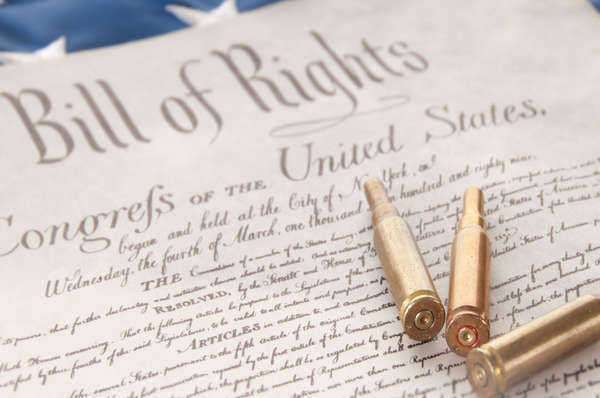 The Brady Campaign is an gun reform organization which seeks to reduce both the prevalence of violent crimes involving the use of handguns, as well as the availability of handguns. While its gun reforms have been focused on and most successful in the attempts to regulate handguns it is also concerned with the proliferation of other types of guns.
The Brady Campaign is an gun reform organization which seeks to reduce both the prevalence of violent crimes involving the use of handguns, as well as the availability of handguns. While its gun reforms have been focused on and most successful in the attempts to regulate handguns it is also concerned with the proliferation of other types of guns.
The Brady Campaign was previously known as Handgun Control, Incorporated (HCI), which itself emerged from the National Council to Control Handguns (NCCH) and the Center to Prevent Handgun Violence (CPHV). A victim of gun crime, Dr. Mark Borinsky, founded the NCCH in 1974. The NCCH and CPHV combined to form HCI in 1980.
HCI grew rapidly following the failed assassination attempt against Ronald Reagan in 1981. Jim Brady, Reagan’s press secretary, was paralyzed in the attack. After Brady’s injury his wife became involved in the gun reform movement. In 1985 she joined HCI. By 1989 she became the head of this gun reform movement. In 1991 she was named the chairwoman of CPHV. After seven years, Sarah Brady’s campaign to as the head of these two gun reform movements succeeded, leading Congress to pass the Brady Bill in 1993. President Clinton signed the bill into law on February 4, 1994.
On June 14, 2001, Handgun Control, Inc. was renamed the Brady Campaign to Prevent Gun Violence in recognition of the efforts of Jim and Sarah Brady in enacting gun reforms. Sarah Brady served as chairwoman of the Brady Campaign from 1989 until 2000. The Brady Campaign was lead by Michael D. Barnes until May 2006, when Paul Helmke, the former mayor of Fort Wayne, Indiana replaced him as head of the gun reform movement.
The Brady Campaign was sometimes confused with other similarly name organizations, but since each was focused on gun reforms it was not considered a source of contention. Although the particular gun reforms sought by each differed slightly from organization to organization, they all sought gun reforms which they believed would make Americans safer.















